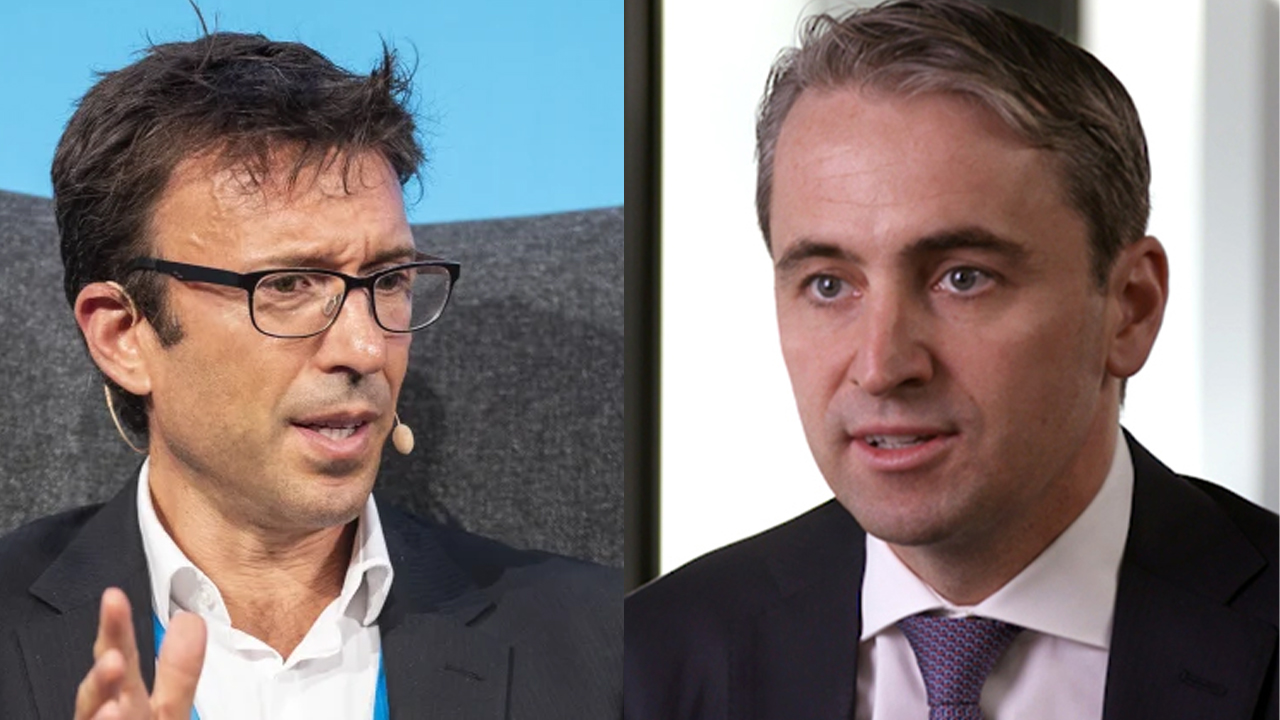- As Australia grapples with the financial impacts of COVID-19, the big four banks are at a crossroads
- While the eCommerce sphere continues to grow, our major lenders have been challenged to adapt and evolve their digital offerings
- But now, Australia’s buy now, pay later giants — rapidly rising stocks like Afterpay and Zip Co — are looking to stake their claim in the eCommerce market
- It comes as a new generation of consumers raised on iPhones and tales of credit card woe, look to online, interest-free payment solutions
- Now, the big four are under pressure to create digital-centric, flexible payment solutions to compete with the interest-free industry
- So, will these established lenders embrace the buy now, pay later model, or bring something new to the eCommerce space?
As Australia grapples with the financial impacts of COVID-19, the big four banks are at a crossroads.
The historical lenders, armed with roughly 500 years of experience between them, have been challenged to evolve and keep pace with the rapidly-developing eCommerce space.
In Australia, the digital payments battle has been brought to the forefront of the conversation by buy now, pay later (BNPL) giants like Afterpay (APT) and Zip Co (Z1P).
As the flexipayment space creates a digital, interest-free alternative to the traditional line of credit, major banks like Commonwealth Bank and NAB are under pressure to step up to the plate.
So, will these established lenders embrace the buy now, pay later model, or bring something new to the eCommerce space?
The world of eCommerce
While it’s still a relatively new concept, the online payment space has been welcomed by retailers and consumers alike in recent years.
The ease — and flexibility — that comes with shopping from the comfort of your couch has been a major catalyst for eCommerce growth. In Australia Post’s 2019 eCommerce report, the national service reported that over 73 per cent of Aussie households shopped online in the previous year.
Roughly one-tenth of all retail sales were completed online in 2018, meaning around $27.5 billion was spent digitally over that period. Even more significantly? That figure represents a 24.4 per cent spike in the year-on-year statistics.
And that growth is projected to continue — according to payment processor Worldpay, Australia’s total eCommerce turnover is forecast to hit US$47 billion (around A$64 billion) three years from now.
Developing digital banks
So, as consumers flocked to online merchants, pressure was put on the big four banks to provide more ways for customers to manage their money digitally.
Nowadays, according to banking giant Westpac (WBC), seven out of ten Australians make payments on their phones, indicating there’s a shift towards online transactions.
In Commonwealth Bank’s latest annual report, the lender spoke to its goal to deliver the world’s best online banking experience.
The ASX 200-lister’s CommBank app is currently the leading banking application in Australia, used by over 6.1 million Aussies. Significantly, roughly 66 per cent of CommBank transactions are completed online — showing just how popular digital transactions are with customers.
However, while major lenders have embraced the eCommerce space, a new payment industry is, once again, bringing the battle to the banking world.
BNPL boom
The BNPL market may be less than a decade old, but that hasn’t stopped it from surging in popularity.
Currently, almost two million Australians use some form of buy now, pay later service to complete transactions — according to a 2018 report from ASIC, that’s ten per cent of the country’s adult population. Even more significantly, Worldpay says that figure is set to double over the next three years.
Back in 2018, BNPL transactions made up three per cent of all purchases in the Australian eCommerce pie. However, in just over a year, that market stake increased to eight per cent.
And as more people flock to the interest-free industry, it leaves fewer credit card hopefuls at the banks.
What’s the catalyst?
As a new generation of shoppers rises, there’s further demand for flexible payment models.
Leading BNPL stocks like Afterpay and Zip Co are offering a new way to pay — supposedly with less financial strings attached.
For the new digital consumer, raised on iPhones and tales of credit card woe, an online, interest-free payment solution is increasingly attractive — even more so in a COVID-context.
The trend becomes even more apparent when you examine the BNPL userbase: According to a 2018 ASIC report, around 60 per cent of service users were between 18 and 34 years old.
And so, if the banks of mum-and-dad investors want to sign a new generation of customers, an investment in the buy now, pay later space may become increasingly important.
What are the big four doing?
National Australia Bank (ASX:NAB)
In response to the BNPL boom, NAB was the first bank to come out with a zero-interest credit card.
Announced earlier in September, the flexipayment challenger — dubbed the Straight Up card — will only charge holders a monthly account fee, ranging between $10 and $20 a month.
That means the line of credit won’t include late or foreign currency fees, and — most importantly — zero interest.
Commonwealth Bank (ASX:CBA)
CBA was hot on NAB’s tail, unveiling its own zero-interest credit card just days later.
The CommBank Neo card, like the NAB offering, has a $3000 spending limit, but comes with slightly higher monthly account fees.
Users can expect to pay between $12 and $22 a month if they open a zero-interest credit account with the lender.
Commonwealth has also partnered with a BNPL, launching with Swedish Afterpay rival Klarna back in January. Customers with the CommBank app can connect with their Klarna account to access the BNPL service via the bank’s technology.
“By partnering with Klarna, we are bringing together our market-leading digital technology, merchant relationships and strong customer network with Klarna’s innovative payments technology and integrated shopping experience for the benefit of CBA customers and many more Australian consumers,” CBA’s CEO Matt Comyn said earlier this year.
Westpac (ASX:WBC)
While Australia’s oldest bank is yet to announce a zero-interest credit card of its own, it’s still made investments in the zero-interest industry.
In fact, Westpac was the first of the big four to invest in the BNPL space — in 2017, WBC secured a stake in Australian fintech giant Zip Co.
Further, in a 2020 trend report, Westpac said the future of digital banking was in traditional lenders and emerging financial services working together.
“Sometimes banks compete with fintechs; sometimes they collaborate,” the ASX 200-lister said.
“Smart banking today delivers with the paired capabilities of a big bank and a network of fintech collaborators,” it continued.
ANZ (ASX:ANZ)
So far, ANZ is the only bank in the big four which hasn’t launched a competing zero-interest credit line or teamed up with a BNPL.
However, the bank has been a major instigator.
ANZ’s closest competing offering is its low rate card, which offers 22 months interest-free and no annual fee for the first year of use.
It’s important to note, however, that ANZ’s FY19 strategy didn’t specifically mention developing a flexipayment offering — meaning a BNPL option might not be the most important service on their customer’s radar.
Looking ahead
As the way consumers manage their money continues to evolve, financial stocks will need to keep pace.
The digital payment landscape is ever-changing, so historical lenders must stay nimble. Because while the BNPL space gathers traction outside Australia, there’s ample opportunity for banks to evolve their offerings and lead the pack.
Only time will reveal if — or how — Australia’s major banks rise to the challenge.








